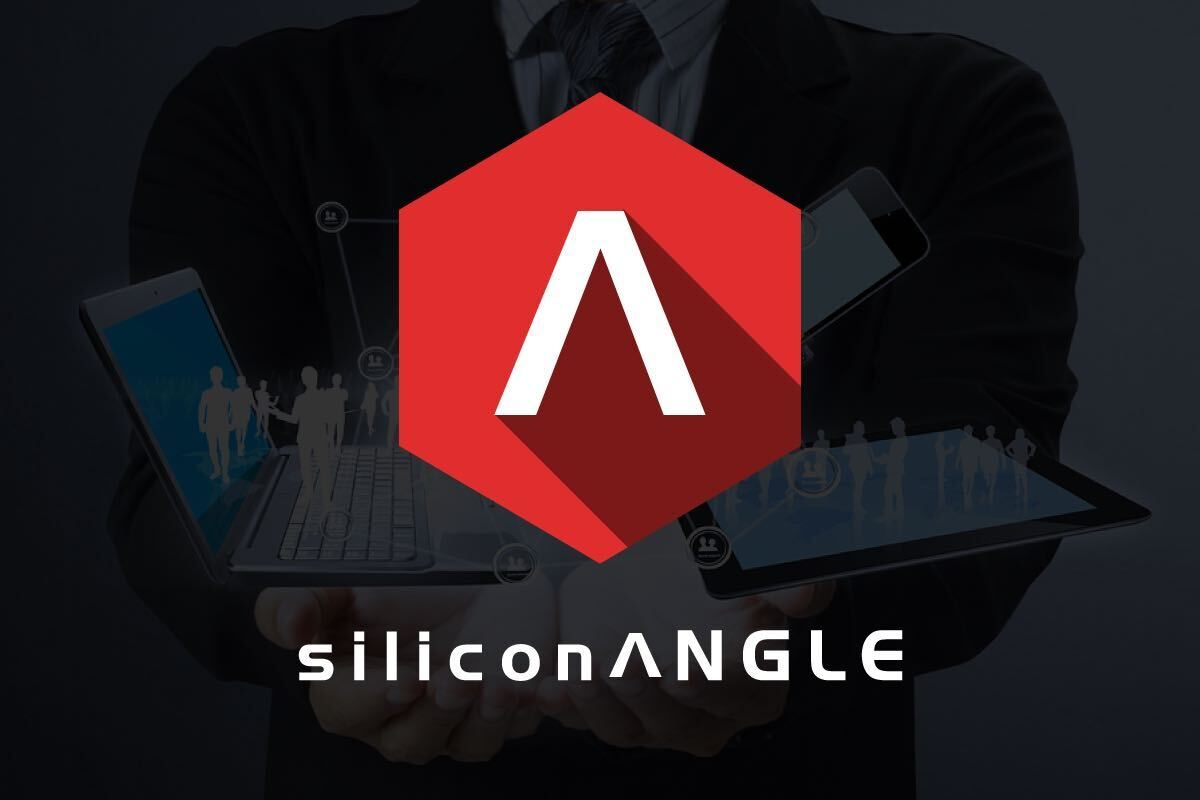


Barnes & Noble Inc. this week has announced the first full color e-reader device, the NOOKcolor. It also announced a program to encourage and support third-party developers for the 7”, backlit, full color Android tablet, and in effect announced its intention to create an app store similar to Apple’s .
Obviously BN has effectively stolen a march on its main competitor, Amazon.com, in the book reader marketplace. But unless it has purposely crippled this Android-based device, it may have done something more significant. It doesn’t take much reading between the lines in these announcements to see the NOOKcolor as the first true Android tablet to be announced for the U.S. market.![]()
Certainly plenty of Android devices have entered the U.S. market in the last few months, but I would argue that all of them, even the few that are being billed as tablets, are really basically smartphones. All of them are small, certainly much smaller than the iPad, which defines the modern tablet computer. Most if not all are being built by smartphone companies, and they all are being sold by cellular carriers. That means they all come with the software and service packages of the carrier, and the emphasis in their marketing is definitely on games and downloadable movies and other audio/video entertainment rather than functional software to manage the user’s lifestyle or business applications.
The NOOKcolor, by contrast, is being sold directly by BN and quite possibly at WalMart. Earlier this month BN announced a deal with the retailer to sell the Nook (). At the time everyone presumed that they were talking about the original Nook reader, but in retrospect that agreement may include the new tablet as well. That means that it comes unencumbered by a cellular carrier connection. Actually the announcements do not mention any cellular ability; this device, like the original iPad, may be WiFi/Bluetooth only. A careful reading of the releases also reveals that the device will not support video initially, although BN promises to remedy that with software upgrades.
The focus on reading, and the promise of books, magazines, and newspapers, including multimedia books, fits the iPad model also. the iPad has been major platform for e-publishing since its introduction, and it has triggered a revolution in the magazine publishing industry in particular, where it seems to offer a path to a viable future for many publishers who have been looking advertisers steadily for several years.
The announcement leaves a lot of open questions, and the answers will probably have to wait for the actual release of the first NOOKcolor units sometime next month. Obviously it will come with the BN e-reader software, but one question is whether it will be restricted to the BN library and app store. Amazon, Fictionwise/eReader ( a BN subsidiary) and Mobipocket, the other three main English language e-book publishers, all have Android reader software, and since all these libraries have different collections, readers really will want the freedom to use all of them.
Theoretically it will be able to run any Android apps on the market, which means that buyers can customize it to fit their needs and lifestyles. Another question is what if any ports it will have, and whether it will have a cradle so it can be used on a desktop. One big disappointment for me in the iPad is the lack of USB ports. Bluetooth wireless connections are cool, but they are also slow and limited to one or at most two connections at a time. USB plus a cradle can allow a user to turn the tablet into a small desktop device and make it more practical for work as well as personal entertainment. And the 7” screen provides a respectable amount of screen real estate to display a magazine or for instance a spreadsheet or presentation slides.
So why does the world need a second tablet computer? For one thing, competition nearly always benefits the consumer — which in this case can include businesses as well as individuals. For another, Android is a much more open system than the iPad, without the controls that Apple places on its devices at every level. For another, the iPad is clearly designed as a personal entertainment device, and while it is appearing in offices its usefulness there is limited by some of the design decisions and the requirement that all software be distributed through the Apple app store. Certainly the strong uptake of Android smart phones has demonstrated that the iPhone has not captured the entire market there, and despite the phenomenal level of iPad sales, the mobile computing market has room for other competitors as well. And BN may just have entered that much larger market.
Support our open free content by sharing and engaging with our content and community.
Where Technology Leaders Connect, Share Intelligence & Create Opportunities
SiliconANGLE Media is a recognized leader in digital media innovation serving innovative audiences and brands, bringing together cutting-edge technology, influential content, strategic insights and real-time audience engagement. As the parent company of SiliconANGLE, theCUBE Network, theCUBE Research, CUBE365, theCUBE AI and theCUBE SuperStudios — such as those established in Silicon Valley and the New York Stock Exchange (NYSE) — SiliconANGLE Media operates at the intersection of media, technology, and AI. .
Founded by tech visionaries John Furrier and Dave Vellante, SiliconANGLE Media has built a powerful ecosystem of industry-leading digital media brands, with a reach of 15+ million elite tech professionals. The company’s new, proprietary theCUBE AI Video cloud is breaking ground in audience interaction, leveraging theCUBEai.com neural network to help technology companies make data-driven decisions and stay at the forefront of industry conversations.